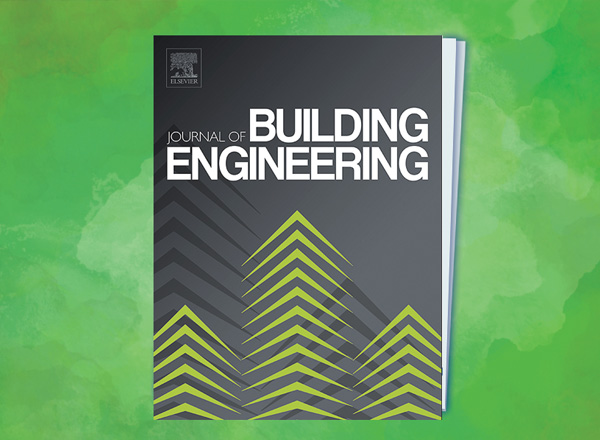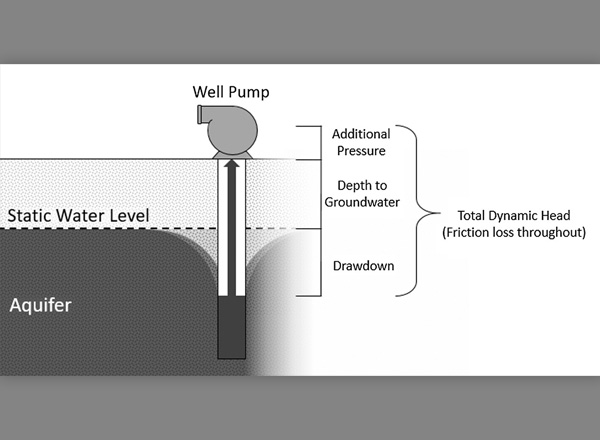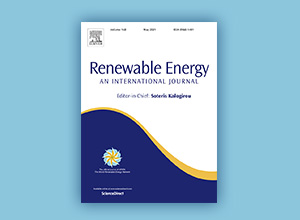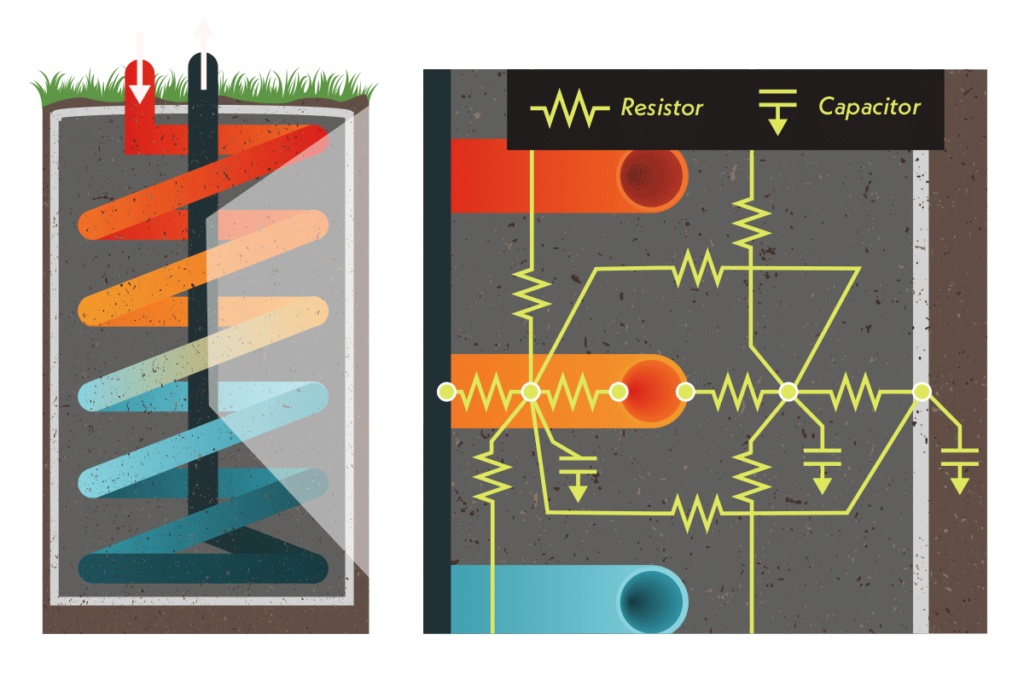Modeling Impacts of Ventilation and Filtration Methods on Energy Use and Airborne Disease Transmission in Classrooms

This paper seeks to understand and analyze the trade-offs between airborne infection probability and energy consumption of ventilation systems for a simulated classroom in 13 cities across the US.
Estimating Agricultural Groundwater Withdrawals with Energy Data

Agricultural water use is the leading cause of groundwater overdraft in California. However, agencies tasked with managing groundwater resources do not have access to accurate and reliable measurements of groundwater extraction. Previous studies identified a relationship between pump energy consumption and groundwater extraction and indicated that the efficiency lift method (ELM) can produce reliable estimates […]
Residential Solar Water Heating: California Adopters and their Experiences

Solar water heating provides domestic hot water with lower greenhouse gas emissions compared to more typical natural-gas water heating. Solar water heating has a long history, particularly in places where the climate is favorable, such as California where state-backed incentive programs have been successful in creating small bursts of adoption. However, widespread adoption of solar […]
Low-Cost, Large-Diameter Shallow Ground Loops for Ground-Coupled Heat Pumps

This project developed and validated modeling tools for simulating a ground heat exchanger technology that provides a less expensive method for implementing ground-source heat pumps and significantly reduces energy use in many California climate zones, furthering attainment of California’s energy goals. It is well documented that properly sized and installed ground-source heat pumps enjoy higher […]

